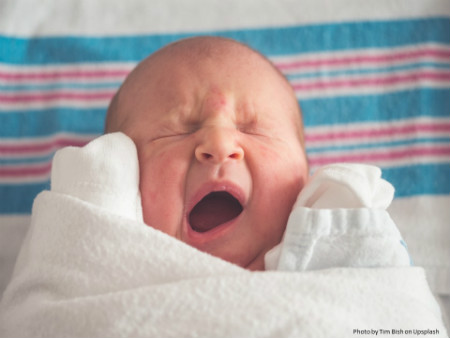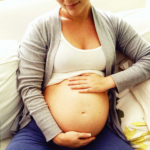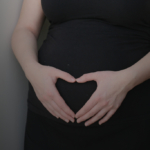Over the last few years, we have reported on several studies which have suggested an increased risk of certain types of cardiovascular malformations among children exposed to selective serotonin reuptake inhibitors (SSRIs) during pregnancy. The first reports suggested a link between cardiac septal defects and exposure to paroxetine; subsequent studies have also shown elevated risks with the other SSRIIs.
These findings, however, have not been consistent which has raised many questions regarding the actual risk. Some have speculated that these findings might reflect differences in methodologies used in the various studies or simply statistical variations. Some have suggested that other factors – not just exposure to antidepressant – may be at work here, such as exposure to tobacco, alcohol, or other drugs.
In a recent study, using meticulously gathered data from the Danish Medical Birth Registry, researchers measured the prevalence of major malformations in women taking SSRIs during pregnancy. SSRI exposures were identified as prescriptions redeemed during the study period as recorded by the Register of Medicinal Product Statistics. Using the date of prescription, strength and number of tablets prescribed, the researchers were able to estimate the exposure periods and dosages of the individual SSRIs. Congenital malformations were identified through the Danish National Hospital Register within1 year of birth.
One of the things that makes this study different from previous studies is that it attempted to take into consideration the impact of psychiatric illness on the outcomes. Rather than comparing outcomes in a SSRI-exposed group of women with depressive illness to outcomes in a group of unexposed women with unclear psychiatric illness history, they compared the exposed cohort with a control cohort comprised women who had discontinued SSRI treatment during pregnancy.
This group of controls had been taking SSRIs but paused their SSRI treatment 3–12 months before conception and had no exposure to an SSRI between 3 months before conception to 1 month after giving birth.
A total of 848,786 pregnancies were recorded. They compared outcomes in three groups:
- Group 1: Women exposed to SSRIs throughout the first trimester (n=4183)
- Group 2: Women who paused treatment with an SSRI (n=806)
- Group 3: Women with no SSRI exposure (n=843,797)
The rate of major congenital malformations was 50 per 1000 pregnancies in the SSRI-exposed group (Group 1), as compared to 45 per 1000 pregnancies in the paused group (Group 2) and 35 per 1000 in the unexposed group (Group 3).
The risks of cardiovascular malformations (mostly ventricular and atrial septal defects) were similar for pregnancies exposed to an SSRI throughout the first trimester (Group 1), adjusted OR 2.01 (95% CI 1.60 to 2.53) and for pregnancies with paused SSRI treatment (Group 2), adjusted OR 1.85 (95% CI 1.07 to 3.20).
There was no pattern noted with regard to type of SSRI or dosage.
The authors concluded that while the risk of cardiovascular malformations was somewhat higher in the SSRI-exposed group compared to the non-exposed group, it did not differ significantly from the risk in the paused group. Given these findings, it is not possible to conclude that SSRIs cause septal defects. Instead, this study suggests that there might be other confounding factors involved that are present in women who are treated with SSRIs.
Ruta Nonacs, MD PhD
Jimenez-Solem E, Andersen JT, Petersen M, et al. Exposure to selective serotonin reuptake inhibitors and the risk of congenital malformations: a nationwide cohort study. BMJ Open. 2012 Jun 18;2(3).







Some interesting research coming out about SSRIIs. Thanks for sharing.
Women who smoke during pregnancy are at greater risk for certain complications, including placental previa, placental abruption, and premature rupture of the membranes, and premature delivery.